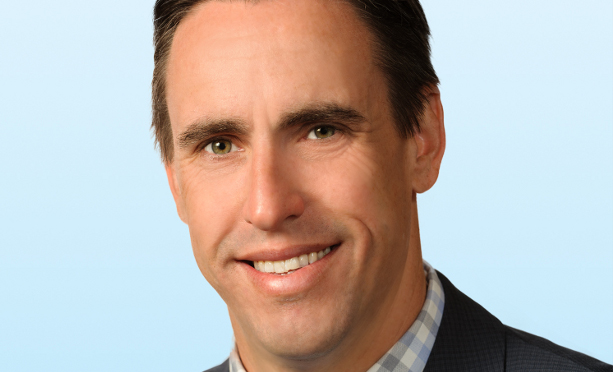 Hulse: “It is simply not enough for an office building to offer the four walls in which employees work.”
Hulse: “It is simply not enough for an office building to offer the four walls in which employees work.”
SAN DIEGO—From Little Italy to the East Village, real neighborhoods are emerging in Downtown San Diego, changing the vibe and providing an exciting place for companies to locate and for people to live and work, Cushman & Wakefield’s recently appointed managing director Derek Hulse tells GlobeSt.com. All this new development throughout the submarket makes it clear: Downtown is about much more than just the Gaslamp. We spoke exclusively with Hulse about his new role with C&W and trends he is noticing with sales and leasing of San Diego office space.
GlobeSt.com: What are your goals in your new role with Cushman & Wakefield?
Hulse: My goal is to further grow Cushman & Wakefield’s presence in several key central markets including Kearny Mesa, Mission Valley and Downtown.
GlobeSt.com: How will your previous experience in the industry inform your new role?
Hulse: I came into the industry just shortly before what we now term the “Great Recession.” I learned the business through a lot of trial and error, hard work and persistence. I took nothing for granted and gave freely with my time, energy and information without expecting any immediate return. I did not monetize the people I was meeting or the relationships I was forming; I was happy to help people I liked or who I thought valued what I was doing. I still pursue my career and life with those same ideals and beliefs, and I always will. You can be successful, humble, honest and enjoy what you do … one does not have to sacrifice one or the other.
GlobeSt.com: What trends are you noticing with sales and leasing of office space here?
Hulse: With leasing, the majority of companies and their employees are seeking more out of their office environment. Given that employees spend a disproportionate amount of time working than at home or pursuing other activities, they are seeking an environment that is comfortable, inviting and “amenitized.” It is simply not enough for an office building to offer the four walls in which employees work. In today’s market, the most successful projects (those with the least amount of vacancy downtime and the highest relative rental rate) are largely those with a strong or unique design aesthetic, abundant natural light and, depending on the submarket, access to retail amenities, outdoor areas, housing and freeway access.
On the sales side, the San Diego capital markets are interesting right now. There is certainly still capital to be placed, but investors are a little more cautious with their underwriting than they were 6 to 12 months ago. The true “value-add” opportunities are not being as aggressively pursued on the buy side, and there have been several projects taken off the market due to falling short of expected sales expectations. That being said, I still believe San Diego offers tremendous relative value compared to other West Coast major cities, which will be realized over several cycles.
GlobeSt.com: What differences are you seeing between the office market Downtown vs. in Central San Diego?
Hulse: Downtown San Diego is as dynamic and transformational as I have ever seen it. The true urban environment and energy is nearly impossible to duplicate in any other submarket. This is evidenced by the thousands of residential units proposed or under construction in all parts of Downtown, the burgeoning culinary scene and the future development of several mixed-use office developments. Historically, once residential units are developed along with the various retail and lifestyle amenities which support them, the office market follows. I believe we are just starting to witness the beginning of the transformation of our Downtown market, which will be realized over several cycles.

















 Copyright © 2024 ALM Global, LLC. All Rights Reserved.
Copyright © 2024 ALM Global, LLC. All Rights Reserved.